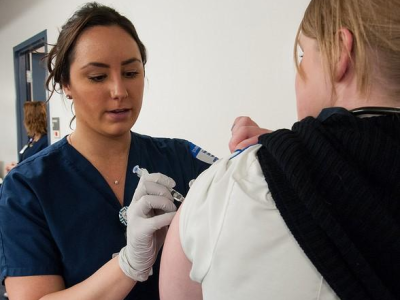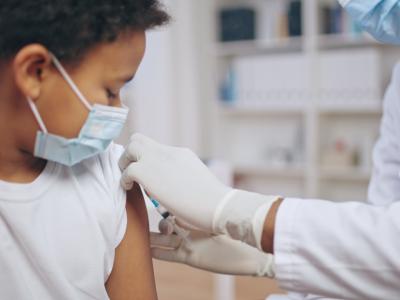
After universal hepatitis C virus screening guidelines were updated in 2020, screenings of US pregnant women rose significantly—although uptake remains low in all women, Boston University researchers report in JAMA.
"From 1998 to 2018, hepatitis C virus (HCV) prevalence increased from 0.34 to 5.3 cases per 1,000 pregnancies," the authors wrote. "Guidelines for HCV were updated in March to April 2020 to include onetime screening for all adults and during each pregnancy. Screens for HCV in pregnancy increased after this change to 40.6% in 2021."
The researchers used electronic health records from 68 healthcare organizations on more than 115 million women aged 15 to 45 years who had inpatient and outpatient visits nationwide.
The team compared HCV screening rates for pregnant and nonpregnant women for each 6-month period before and after the 2020 guideline updates. HIV screening rates were used as a negative control.
New vaccine strategies needed
A total of 79,231 HCV tests were performed among pregnant and 678,951 among nonpregnant women. HCV screening per 1,000 person-years climbed from 52 to 117 tests in the pregnant group and 16 to 24 tests in the nonpregnant group.
Perinatal care is a unique health care touchpoint and could be a key time to implement the national HCV elimination plan.
Screening per 1,000 person-years increased from 141 to 253 in pregnant women and from 29 to 37 in nonpregnant women. By December 2022, 38.7% of pregnant women and 8.7% of nonpregnant women had ever been tested for HCV. At the same time, 90.4% of pregnant women had been tested for HIV.
After the HCV guideline update, no immediate change was seen in testing between the pregnancy and control groups. Screenings rose by 21 tests per 1,000 person-years per 6-month interval post-guidance versus pre-guidance change in pregnant compared with nonpregnant women. There was no associated increase in HIV screening.
"The increasing but suboptimal HCV screening suggests innovative strategies are needed to improve HCV diagnosis and treatment," the researchers concluded. "Perinatal care is a unique health care touchpoint and could be a key time to implement the national HCV elimination plan."
_0.jpg)












